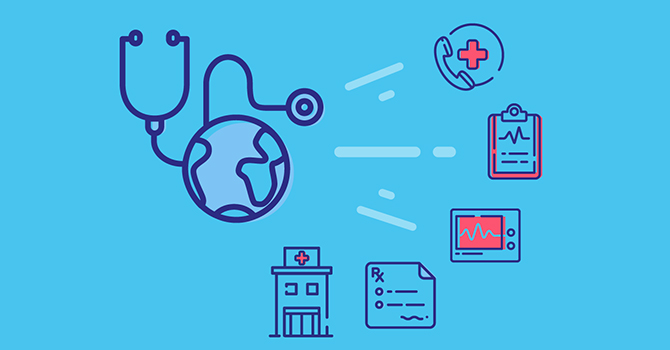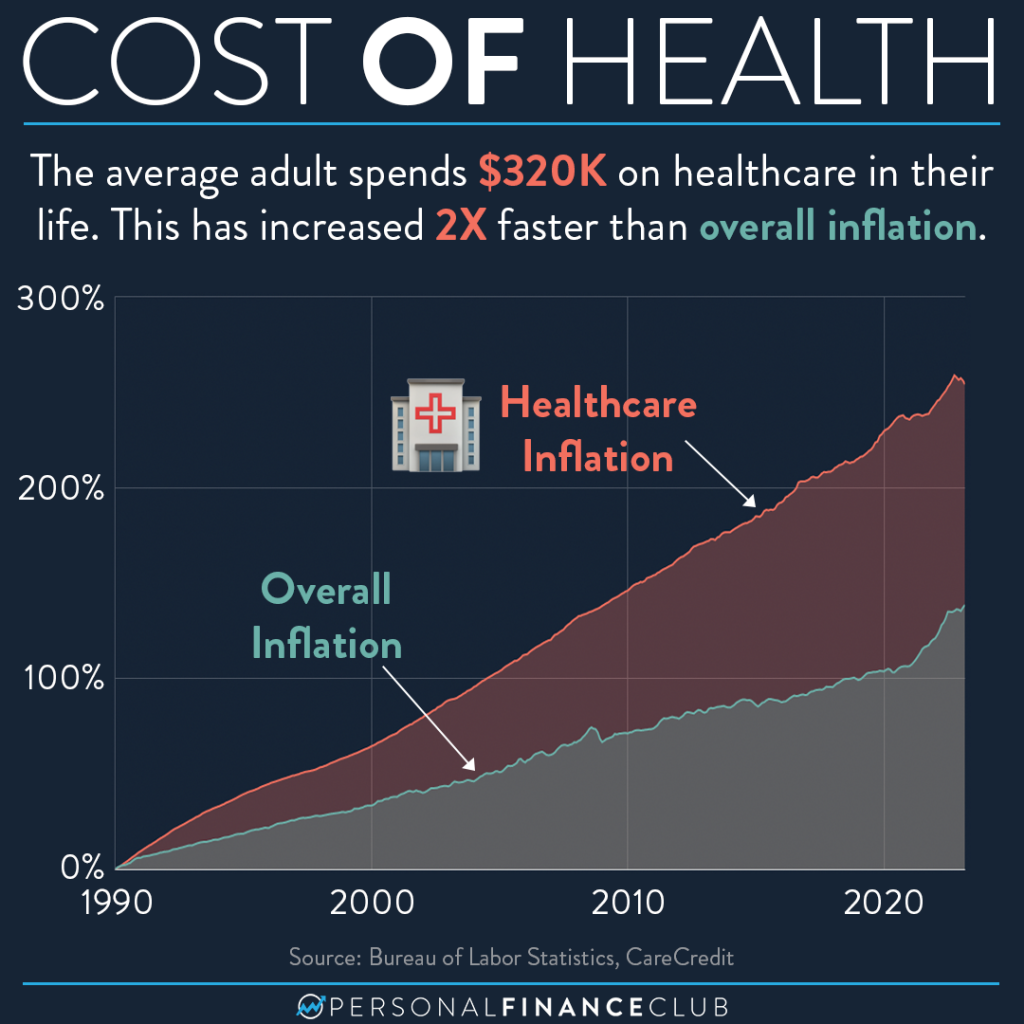Just How to Implement Healthcare RCM for a Smooth Profits Cycle
Just How to Implement Healthcare RCM for a Smooth Profits Cycle
Blog Article
A Comprehensive Guide on Exactly How Health Care RCM Functions to Improve Billing and Collections
Browsing the complexities of healthcare income cycle management (RCM) is critical for carriers aiming to boost their billing and collections processes. The overview unloads the intricacies of RCM, from person enrollment to balance dues management, using insights right into optimizing each action. Incorporating advanced technology and standardized treatments can significantly decrease claim rejections and speed up settlement cycles. Yet, truth obstacle lies in effortlessly merging these elements to enhance cash flow. As we discover the core parts and techniques that drive effectiveness, one concern stays: exactly how can healthcare entities best setting themselves to grow economically in an ever-evolving sector?
Understanding Revenue Cycle Management
RCM is a vital management function that incorporates the whole economic process of patient treatment, from the first visit establishing to the final payment of the equilibrium. It is an intricate procedure created to identify, collect, and manage the earnings from the solutions supplied to clients.
The RCM procedure starts when an individual routines an appointment and extends with the client's treatment journey, consisting of billing and collections. A vital goal is to reduce the time in between obtaining and supplying a solution repayment, hence enhancing the company's financial health and wellness. RCM involves different features such as patient enrollment, insurance coverage confirmation, charge capture, coding, asserts submission, repayment uploading, and dealing with appeals and denials.
Trick Components of RCM
In the realm of Earnings Cycle Administration (RCM), recognizing its key elements is essential to attaining financial effectiveness within medical care organizations. RCM is a detailed procedure that encompasses different stages, each critical to guaranteeing efficient payment and collections. The primary parts include individual enrollment, insurance policy verification, fee capture, coding, insurance claim entry, settlement uploading, and accounts receivable management.


Once coded, claims are submitted to payers, where accuracy is vital to stay clear of denials or hold-ups - Healthcare RCM. Settlement uploading involves recording the received repayments, which enables for the settlement of accounts. Finally, balance dues monitoring concentrates on monitoring and resolving overdue cases, ensuring prompt follow-up and resolution
Each part of RCM is adjoined, and ineffectiveness in any type of part can disrupt the entire cycle. For that reason, grasping these elements is important for doctor to maximize profits and boost their financial health.
Strategies for Efficient Invoicing

Systematizing billing procedures throughout the company is another key approach. Developing clear guidelines for documentation, coding, and submission aids keep uniformity and compliance with regulatory needs. Educating staff frequently on these procedures makes certain everybody is up-to-date with the most recent adjustments in invoicing codes and payer plans.
Precise charge capture is necessary in protecting against income leakage. Applying routine audits and monitoring systems permits the identification and correction of disparities before they influence profits. Additionally, keeping open lines of communication with payers aids to quickly settle any type of disagreements or misunderstandings that might arise.

Last but not least, interesting individuals early in the invoicing process by giving clear price quotes and academic materials concerning their monetary obligations can considerably reduce complication and enhance payment timeliness. These approaches jointly contribute to an extra monetarily healthy and efficient billing system.
Enhancing Collections Processes
A robust collections process is vital for keeping monetary stability within medical care organizations. Offered the complexities of clinical billing and the range of payer needs, enhancing Our site the collections procedure involves carrying out strategic procedures that make certain exact and prompt payment of solutions rendered. Central to this is making use of technology to automate and improve processes, reducing hands-on mistakes and boosting efficiency. Automation tools can help in tracking case standings, sending timely pointers to individuals, and taking care of denials better.
Educating staff to understand the nuances of insurance coverage and payment codes is just as essential. This knowledge empowers them to resolve payment inconsistencies swiftly and interact effectively with clients concerning their monetary obligations. Additionally, clear and clear individual communications are essential. Providing in-depth explanations of charges and offering adaptable repayment plans can raise individual contentment and timely payments.
Normal audits of the collections process should be performed to determine areas for improvement and make certain compliance with regulations. By assessing information, health care companies can identify fads, anticipate possible problems, and adjust techniques accordingly (Healthcare RCM). Inevitably, a well-enhanced collections process not just supports economic health and wellness but additionally adds to a much more smooth experience for individuals and team alike
Optimizing Profits Streams
Structure upon the foundation of a solid collections procedure, healthcare companies can better bolster their economic stability by strategically enhancing revenue streams. This involves a multi-faceted method, starting with an extensive evaluation of existing earnings resources to identify ineffectiveness and locations for development. Using advanced data analytics tools allows companies to get understandings into payer mix, client demographics, and service use patterns, permitting data-driven choices that boost revenue capture.
Implementing automated billing systems can considerably minimize mistakes and accelerate insurance claims refining, making certain that earnings is accumulated extra successfully. In addition, maximizing payer agreements via normal settlements can enhance compensation rates and terms, directly impacting the lower line. Expanding solution offerings, such as including telehealth or health programs, can likewise draw in a more comprehensive person base, hence increasing income capacity.
One more crucial component is enhancing client engagement and fulfillment, as satisfied individuals are much more likely to stick to therapy plans and make timely settlements. Providing adaptable repayment choices and transparent payment methods can improve collections and foster person loyalty. Healthcare RCM. By adopting these approaches, health care organizations can develop a more resistant monetary framework, making certain sustained development and stability in an ever-changing industry landscape
Final Thought
Finally, medical care Profits Cycle Administration (RCM) plays an important role in optimizing payment and collections processes by incorporating essential parts such as person registration, insurance confirmation, cost capture, coding, declares submission, and receivable management. By utilizing advanced innovation, systematizing procedures, and promoting patient interaction, doctor can considerably lower claim rejections, accelerate repayment cycles, and boost capital. This thorough method to RCM eventually causes improved monetary effectiveness and sustainability for medical care organizations.
The directory RCM process begins when a patient schedules a visit and expands through the client's treatment journey, consisting of payment and collections.An additional vital element is boosting patient interaction and satisfaction, as pleased individuals are extra most likely to stick to therapy strategies and make prompt payments. Offering flexible payment choices and clear payment techniques can boost collections and foster patient loyalty.In conclusion, health care Profits Cycle Monitoring (RCM) plays an essential role in optimizing billing and collections processes by integrating key elements such as read this post here client registration, insurance policy confirmation, fee capture, coding, asserts entry, and accounts receivable monitoring. By using advanced innovation, systematizing treatments, and fostering person interaction, medical care suppliers can significantly decrease insurance claim denials, accelerate settlement cycles, and boost cash circulation.
Report this page